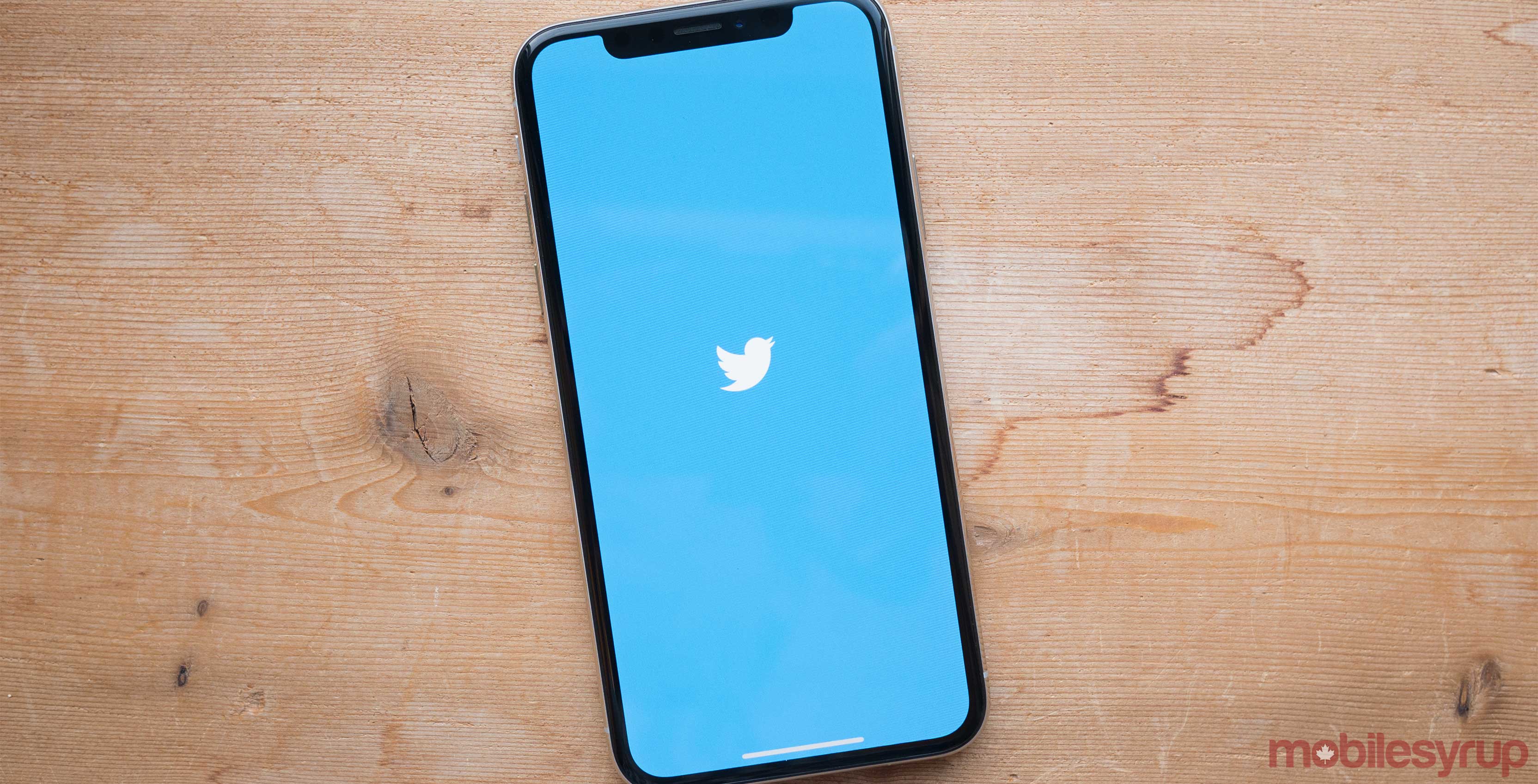
Social media platform Twitter has announced that it’s updating its verification program.
In a series of tweets, Twitter explained that it’s currently in the process of drafting a new authentication and verification program.
4 / We're working on a new authentication and verification program. In the meantime, we are not accepting any public submissions for verification and have introduced new guidelines for the program. https://t.co/j6P0HGXIVq
— Support (@Support) November 15, 2017
“In the meantime, we are not accepting public submissions for verification and have introduced new guidelines for the program,” reads an excerpt from a November 15th, 2017 tweet.
Twitter also re-established that the company is free to remove a verification badge from accounts that promote content that stands in contrast to the company’s terms of service. For instance, “promoting hate and/or violence against, or directly attacking or threatening other people” is grounds for losing one’s verification badge.
As a result, a number of prominent users — including noted American alt-right icon Richard Spencer — have lost their verification badge. Another tweet clarified that Twitter is still in the process of “conducting an initial review of verified accounts and will remove verification form accounts whose behaviour does not fall within these new guidelines
“We will continue to review and take action as we work towards a new program we are proud of,” reads another November 15th tweet.
5 / We are conducting an initial review of verified accounts and will remove verification from accounts whose behavior does not fall within these new guidelines. We will continue to review and take action as we work towards a new program we are proud of.
— Support (@Support) November 15, 2017
Trying to make sense of Twitter’s old verification process
In spite of Twitter’s newfound commitment to oversight, the company still hasn’t provided any firm guidelines as to why certain accounts earn a verification badge.
The blue Twitter verification badge has long been seen as a sign that a particular user or account is worthy of following.
Presidents, prime ministers, culture-makers, artists — these are all individuals whose accounts have been verified, according to a list of traits and characteristics that Twitter has famously guarded as a trade secret.
The simple problem is that no one really knows what it takes to earn a verification badge. At one point, Twitter reached out to users to verify them. Once Twitter opened up verification applications to the public, however, the company’s criteria became even more confounding.
For instance, a high follower count does not guarantee that an account will earn a verification badge. Case in point, Joel Dales — a Philadelphia police inspector with 1,293 followers — who tweets under the handle @PPDJoelDales — is a verified user.
Furthermore, many users see a verification badge as a sign of endorsement — which Twitter stated was true, until the company “opened up verification for public submissions and verified people who we in no way endorse.”
2 / Verification has long been perceived as an endorsement. We gave verified accounts visual prominence on the service which deepened this perception. We should have addressed this earlier but did not prioritize the work as we should have.
— Support (@Support) November 15, 2017
Still, there’s no doubt that reviewing the verification program is a step in the right direction for Twitter. As for Twitter users, there’s still little stopping them from following whomever they feel is worthy of their attention.
Likewise, there’s also nothing stopping users from avoiding those accounts that they deemed unworthy of their time.
Source: Twitter
MobileSyrup may earn a commission from purchases made via our links, which helps fund the journalism we provide free on our website. These links do not influence our editorial content. Support us here.


